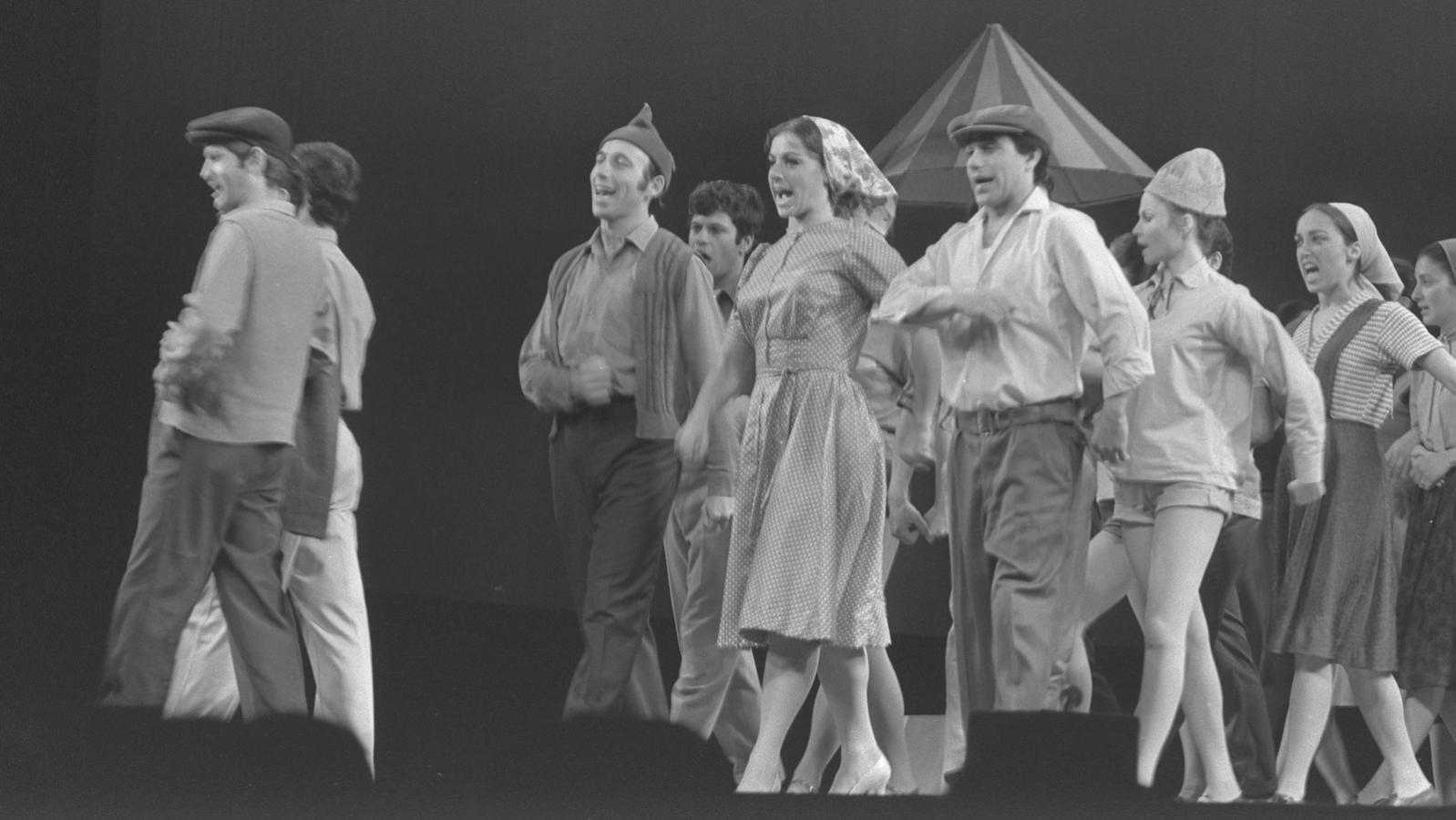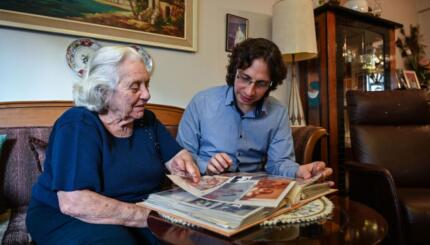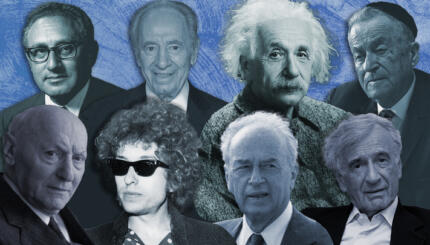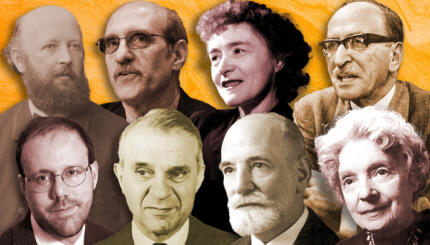Like theater in many cultures, Jewish theater has religious roots. The spring holiday of Purim was once the only time in the Jewish calendar that religious authorities permitted shpiel (play) making. The first Purim plays, which began to develop in the 12th century, acted out the story of the Jews’ deliverance told in the Book of Esther, which easily lends itself to dramatic and comedic interpretation.
Early modern communities confirmed this tradition, creating skits and sketches that poked fun at local people and events. A popular folk theatre developed, though it was limited to the Purim season.
Centuries later, in the expansion of the European Enlightenment, a class of intellectuals began writing secular plays in Yiddish. Despite criticism from traditional Jewish authorities, Yiddish theater soon became an accepted place for communities across Europe to come together and share human stories, both comic and tragic. Some of the important works created at this time were Serkele by Solomon Ettinger and Abraham Baer Gottlober’s Decktuch.
Avram Goldfadn, often known as the father of Yiddish theater, brought his troupe of actors to the United States in the late 1800s. At the height of Jewish immigration to the United States, Yiddish theater in New York provided space for a newly-transplanted community to confront struggles between the old and new worlds, deal with conflicts of family values and changing power roles, and laugh and cry in its native and resonant language. Well-known plays included Chantzhe in Amerika, about a Jewish immigrant woman who wants to drive, and Harry Kalmanowitz’s Geburth Control (“birth control”), said to have inspired Margaret Sanger’s political positions on the matter.
With your help, My Jewish Learning can provide endless opportunities for learning, connection and discovery.
Within a generation or two, Jewish playwrights in America also began writing in English and contributing to contemporary American theatre. Elmer Rice, Clifford Odets and Paddy Chayevsky, among other writers, introduced Jewish characters into plays that were intended for mainstream audiences, relating to universal themes such as immigrant families adapting to the new world, and the struggle to earn a living in America. American-born Jews began to seek out this kind of entertainment, rather than attending Yiddish theater. By the end of WWII, the golden era of Yiddish theater was over.
But other genres of Jewish theater were still alive and expanding. While Jewish American playwrights like Lillian Hellman, Arthur Miller and Joseph Stein continued to thrive, the new state of Israel was also growing its own national theatre. Habimah Theatre, founded in Moscow and transplanted to Tel Aviv, became the theater tradition of Israel in 1958. From the start, Israeli playwrights used the stage as a place to explore issues both personal and political.
Israeli playwrights such as Joshua Sobel, Hillel Mittelpunkt, and the late Hanoch Levin have all written about a culture confronting war and the possibility of living with a Palestinian state. Contemporary Israeli playwright Motti Lerner is carrying on their legacy, producing controversial works including The Murder of Isaac, about the assassination of Israeli Prime Minister Yitzhak Rabin.
Though a fairly recent art form, Jewish theater has, at a remarkable pace, become an established place for sharing our stories.
Purim
Pronounced: PUR-im, the Feast of Lots, Origin: Hebrew, a joyous holiday that recounts the saving of the Jews from a threatened massacre during the Persian period.



